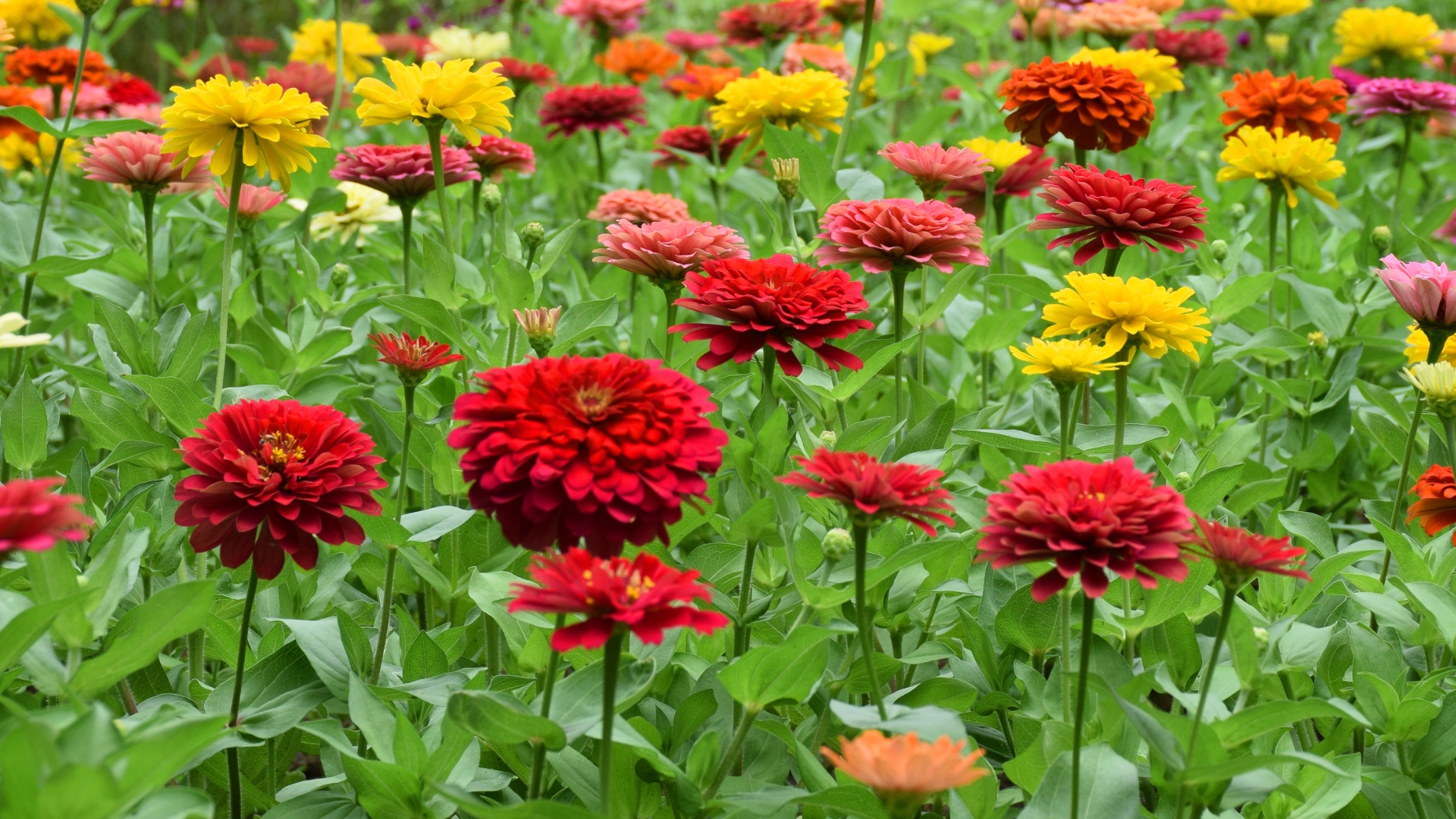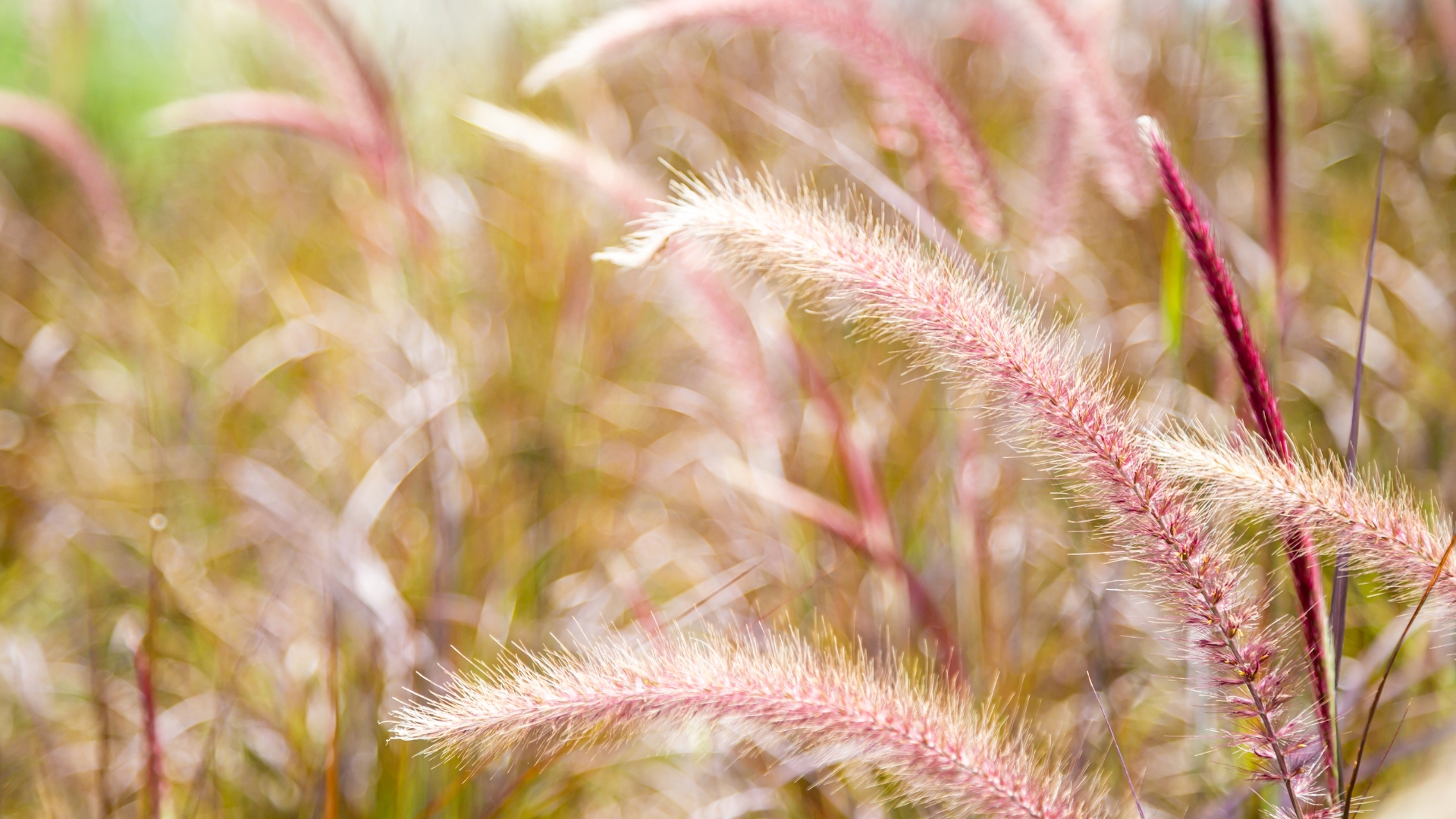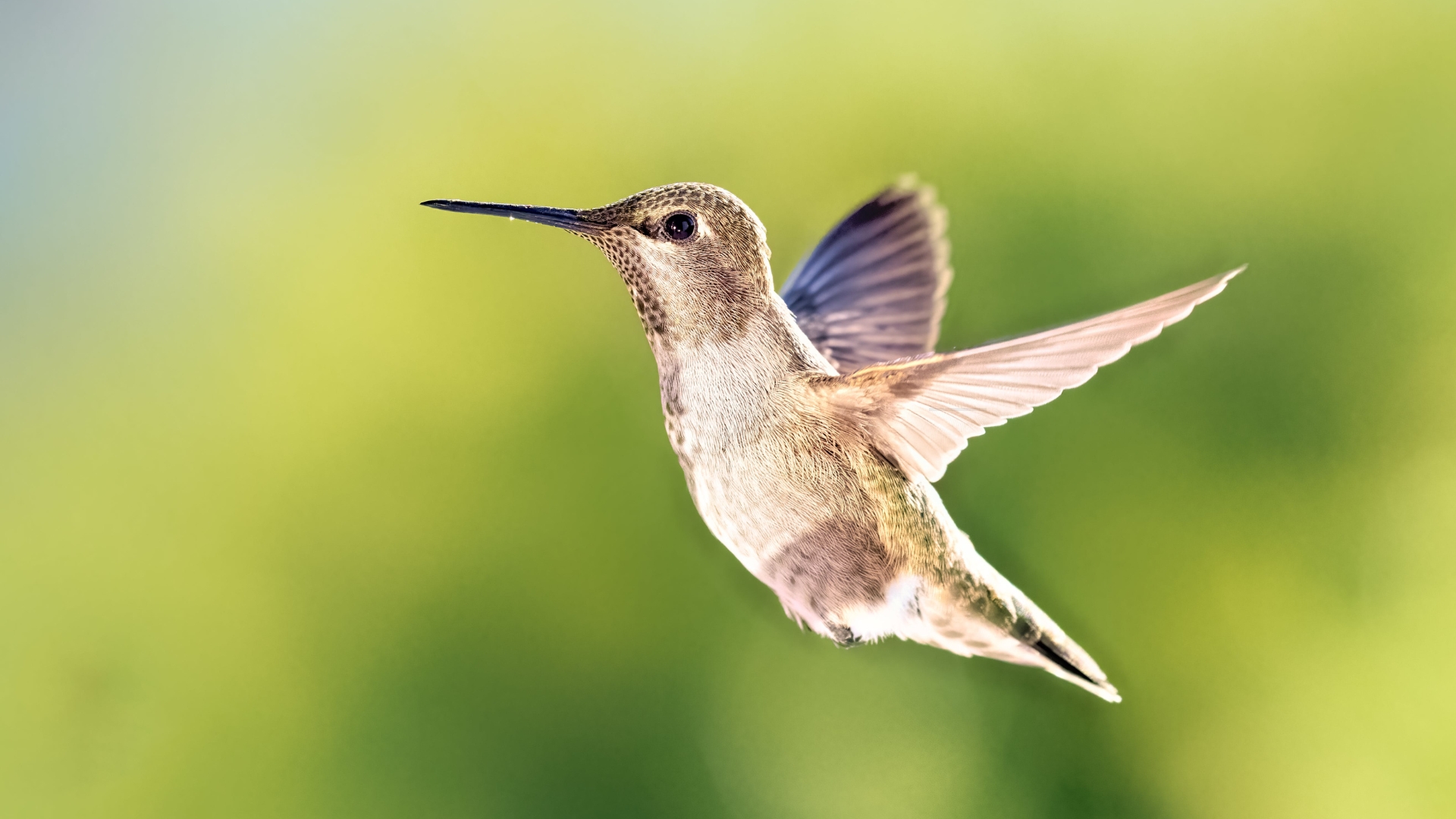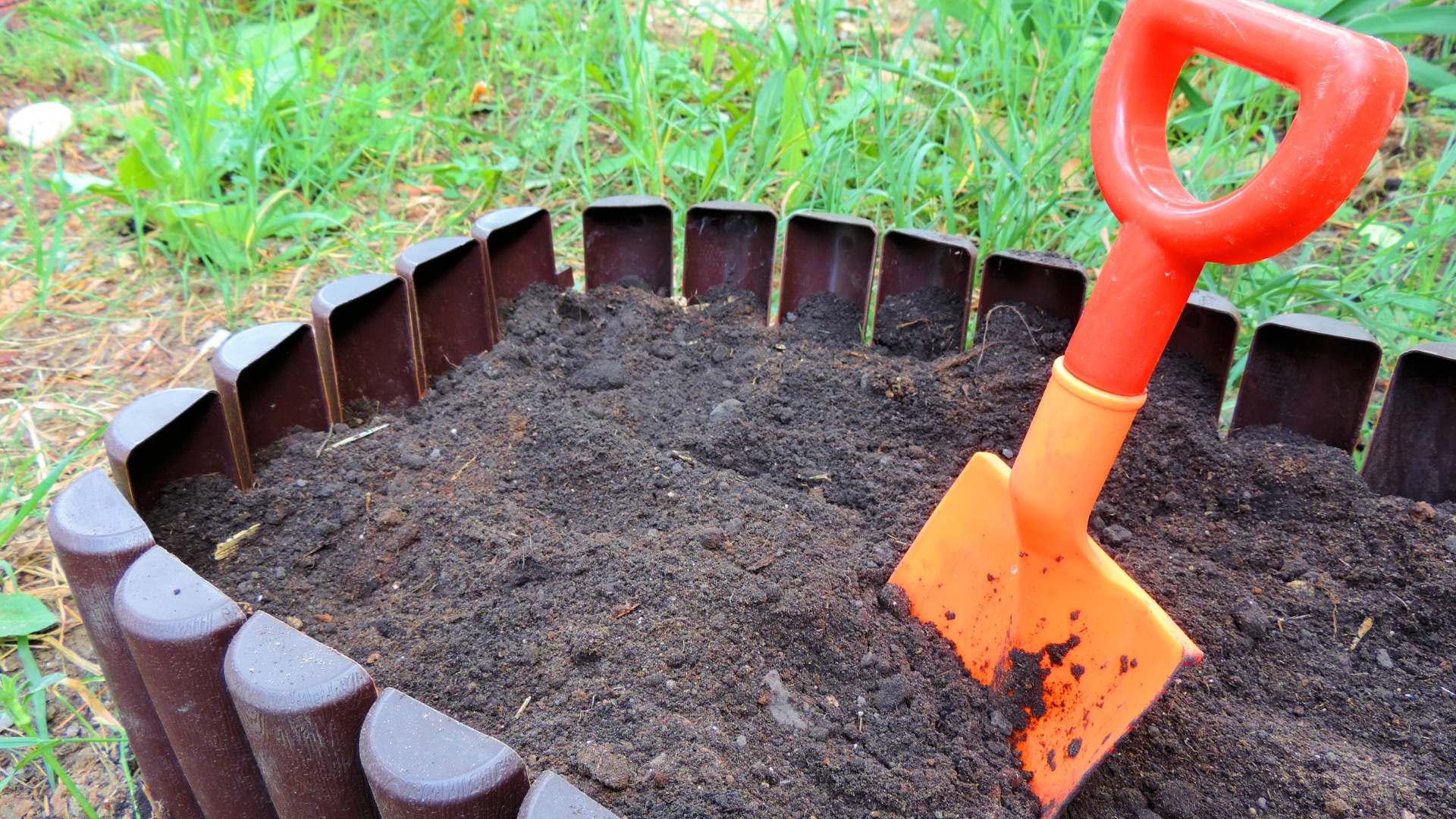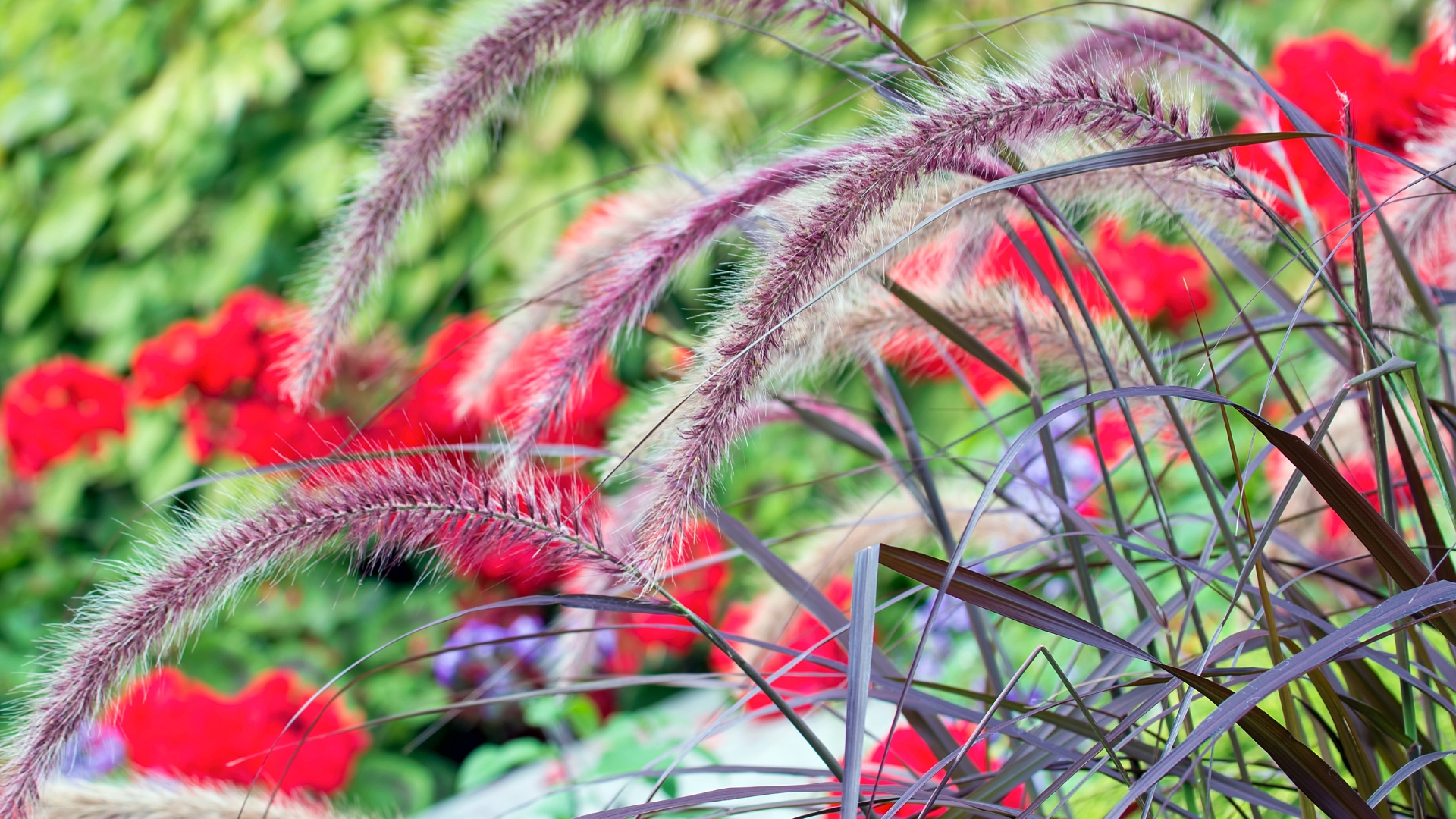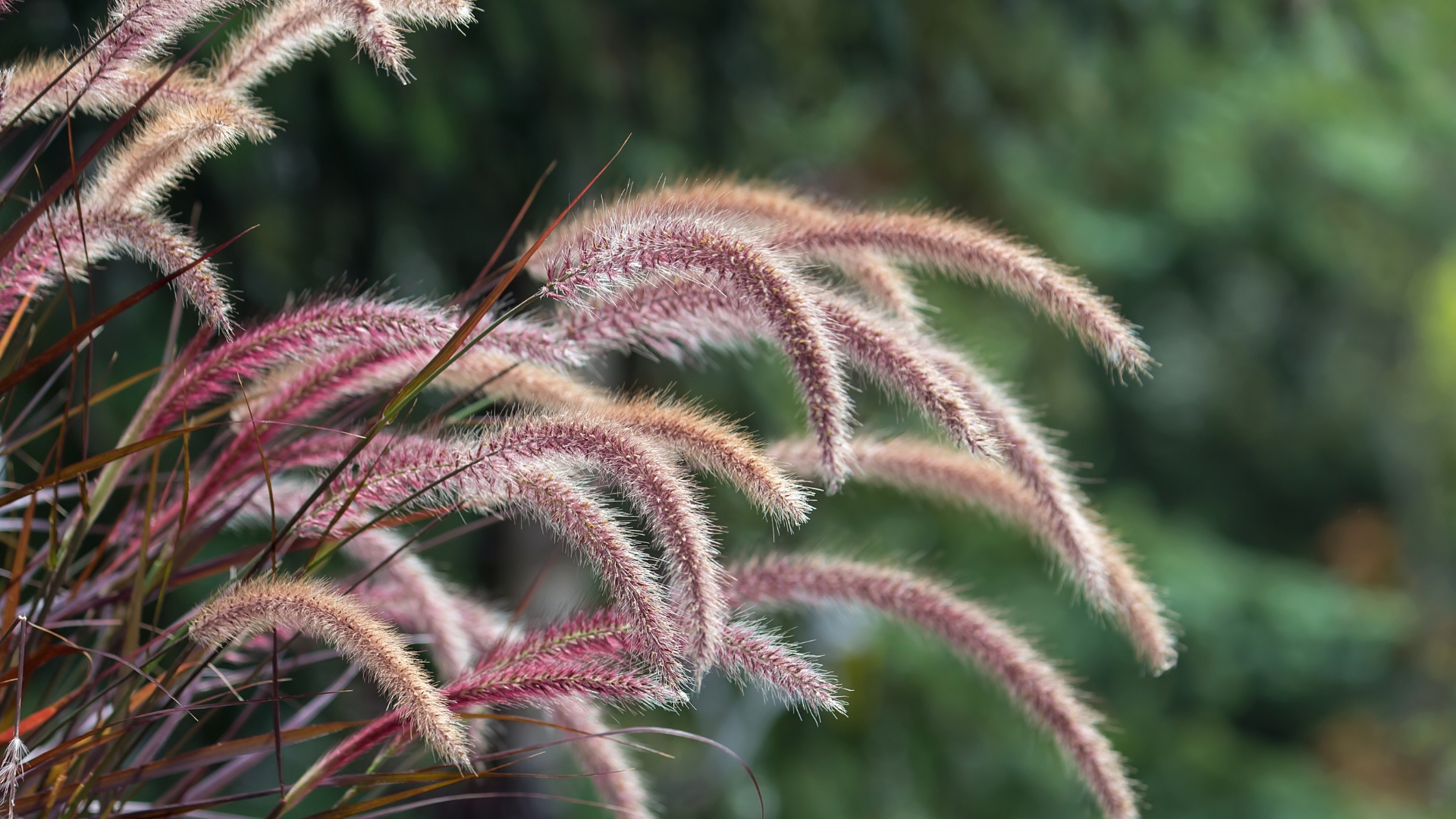A garden filled with zinnias is already a feast for the eyes, bursting with fiery reds, oranges, and pinks.
But even the most stunning display can be taken to the next level with the right companion.
You know what your zinnias need? An ornamental grass. But not just any species—the one that weaves through the blooms like golden silk, adding movement, texture, and an irresistible charm for pollinators.
Once you see its magic, you’ll never go without it again!
Purple Fountain Grass Is A True Sight To Behold
Graceful, dramatic, and effortlessly elegant, Purple Fountain Grass is the kind of plant that turns heads. Its rich burgundy blades ripple in the wind, creating a mesmerizing contrast against bright blooms like zinnias.
As the season unfolds, feathery plumes emerge, catching the sunlight and adding a soft, ethereal glow to the garden. Whether standing alone or woven into a vibrant flower bed, this ornamental grass doesn’t just blend in—it steals the show.
Beyond its striking appearance, this grass brings an element of movement and texture that transforms a static landscape into a dynamic masterpiece.
Unlike rigid shrubs or compact perennials, its arching form gives a natural, flowing feel that softens hard edges and enhances surrounding plants. It’s equally at home in garden beds, borders, or containers, where its cascading silhouette spills beautifully over the edges.
With minimal upkeep and maximum impact, Purple Fountain Grass proves that a plant can be both low-maintenance and undeniably captivating.
Why Hummingbirds Adore It
Hummingbirds are drawn to more than just bright flowers—they seek out plants that provide shelter, movement, and an ideal landing spot. Purple Fountain Grass offers all three.
Its airy plumes create a protective space where these tiny birds can rest between nectar-filled visits. The soft, swaying blades mimic the gentle motion of trees, making it an appealing, safe perch in both open landscapes and urban gardens.
But it’s not just a resting place—it’s part of a larger ecosystem that hummingbirds love.
By pairing Purple Fountain Grass with nectar-rich flowers like zinnias, salvias, and petunias, you create a feeding station that keeps these fast-moving pollinators coming back.
The subtle rustling of the grass in the breeze also mimics the natural movement of wild meadows, reassuring hummingbirds that they’ve found a perfect oasis. In short, it’s a silent invitation to linger, turning a simple flower bed into a hummingbird-friendly retreat.
How To Plant Purple Fountain Grass In Your Garden
For a species that looks so effortlessly beautiful, Purple Fountain Grass is surprisingly easy to plant.
It thrives in well-draining soil and soaks up the sun, making it perfect for bright, open spaces. When planting in a garden bed, spacing is key—give it about two to three feet of room to allow its arching blades to reach their full glory without overcrowding nearby plants.
Once in the ground, water it thoroughly to help establish strong roots, but avoid letting it sit in soggy soil.
It’s drought-tolerant once mature, so occasional deep watering is better than frequent, shallow drinks. For the best visual impact, plant it near bright flowers that contrast with its dark foliage—zinnias, lantanas, and black-eyed Susans make excellent companions.
With just a little care at the start, this striking grass will quickly settle in and bring movement and beauty to your garden all season long.
Tips To Maintain Healthy And Happy Purple Fountain Grass
One of the best things about Purple Fountain Grass is how little it demands from you. It thrives with minimal care, but a few small steps will keep it looking its best.
Occasional deep watering during dry spells ensures the roots stay hydrated without becoming waterlogged. A slow-release fertilizer in spring can encourage lush growth, though it’s not a heavy feeder.
Since it naturally grows in a graceful, mounded shape, there’s no need for trimming—just let it do its thing.
As the season progresses, older plumes may start to fade, but a simple gentle shake or light pruning will refresh the plant. If it begins to flop, cutting back a few inches can help encourage fresh, upright growth.
Will Purple Fountain Grass Return Next Season
The answer depends on your climate. In warmer zones (typically USDA zones 9-11), Purple Fountain Grass is a perennial, meaning it will return year after year with fresh new growth.
As temperatures cool, the foliage may fade, but a quick trim in late winter or early spring will encourage a fresh flush of vibrant blades. Gardeners in these regions can enjoy its beauty without replanting, making it a long-lasting staple in sunny landscapes.
For those in cooler climates (zones 8 and below), this grass is treated as an annual, since freezing temperatures will prevent it from regrowing in spring.
But that doesn’t mean it’s gone for good—many gardeners collect seeds or overwinter potted plants indoors to replant when the weather warms. Its fast growth means that even if you start fresh each year, it quickly reaches its full, dramatic form.
Whether returning on its own or being replanted, Purple Fountain Grass is always worth bringing back to the garden.

